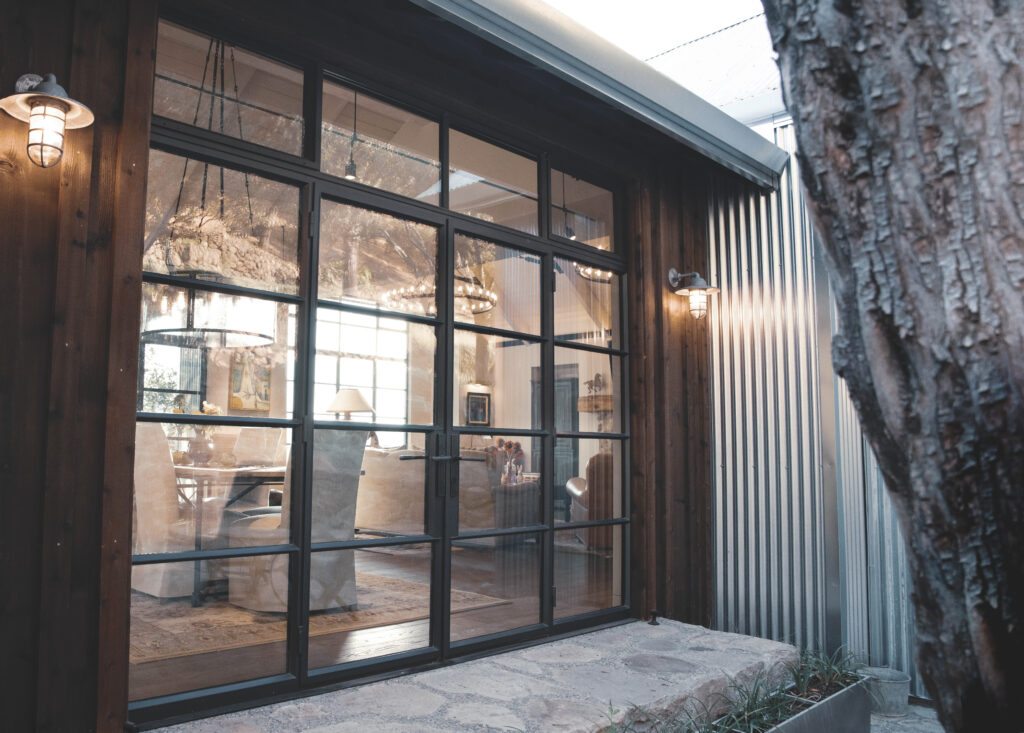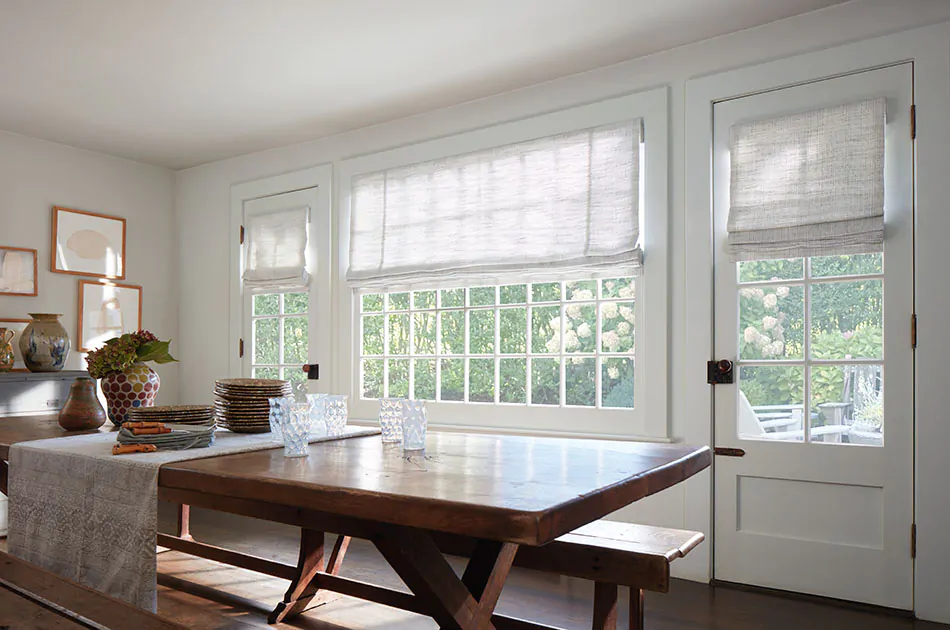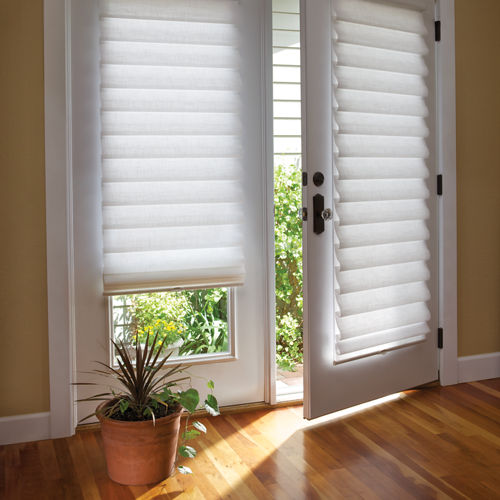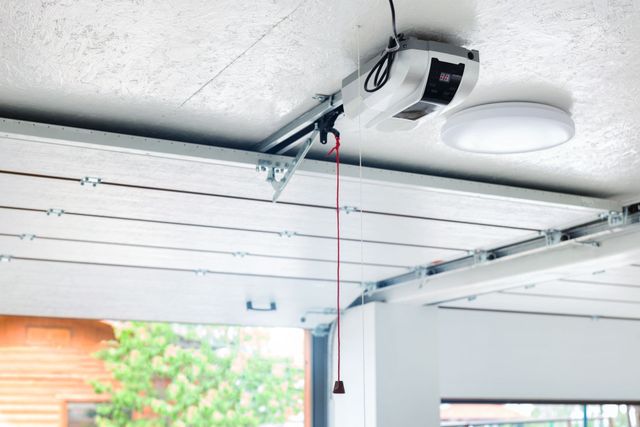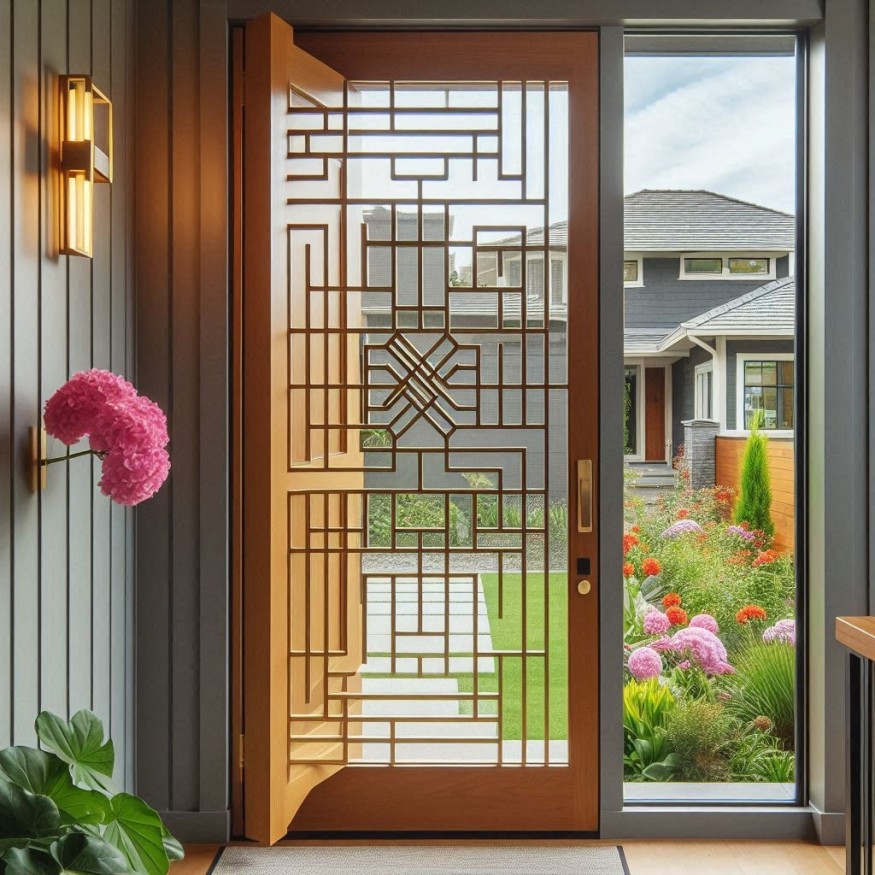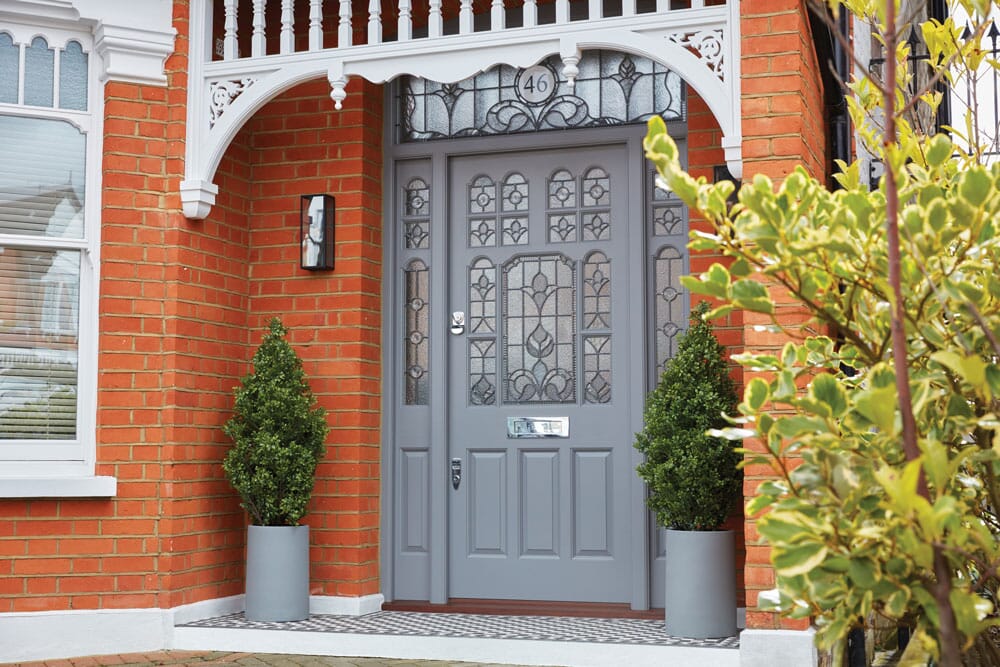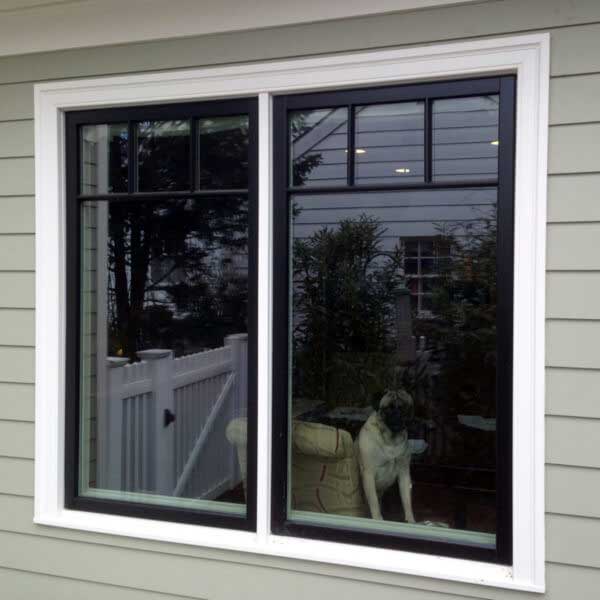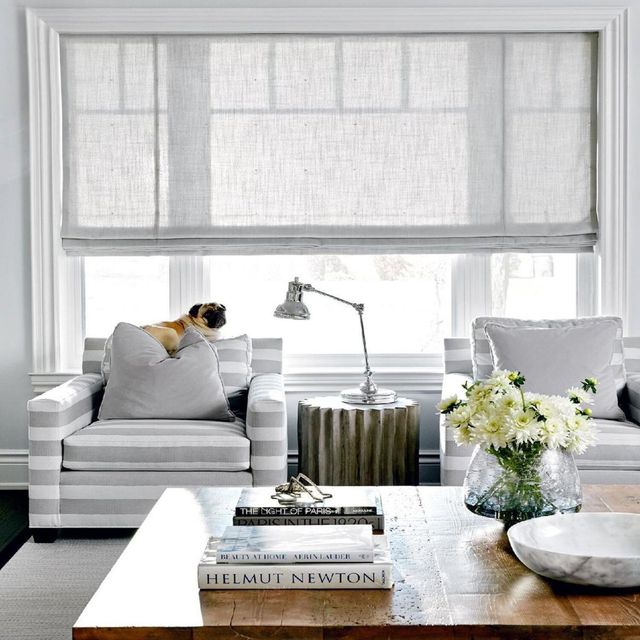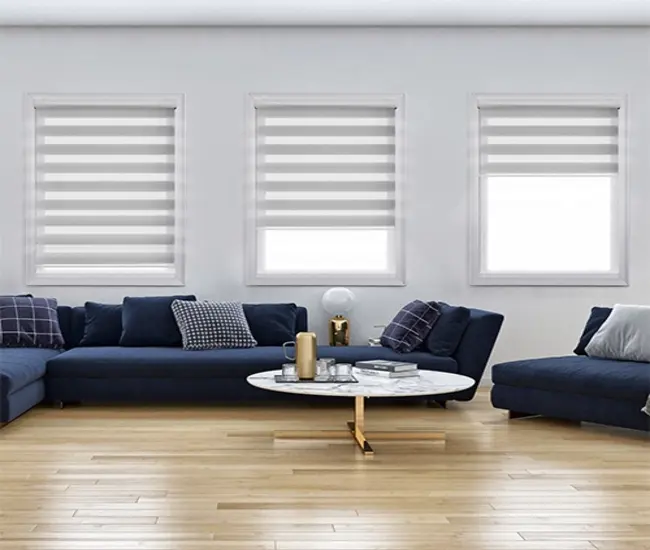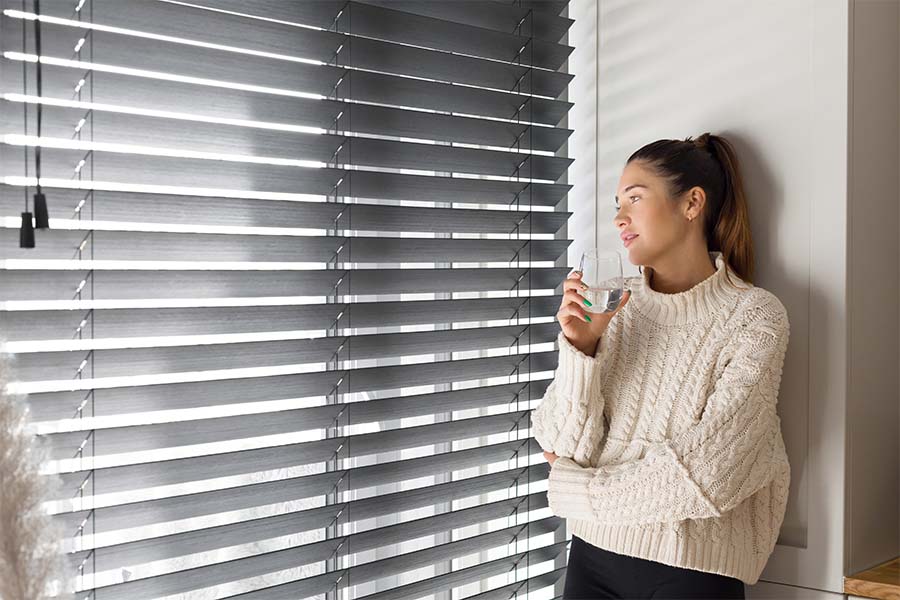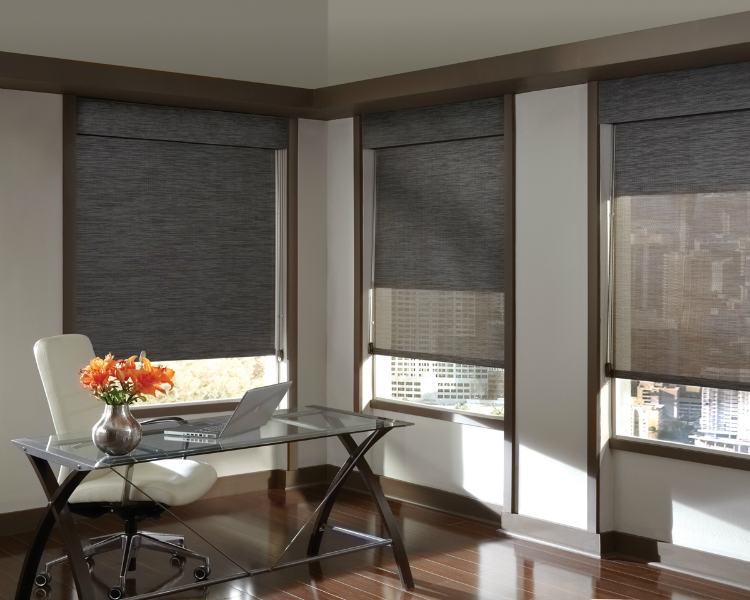
Imagine stepping out your door and being greeted by a wave of refreshing coolness, even on the hottest days. That’s the power of effective door shade. It’s not just about blocking sunlight; it’s about creating a comfortable, stylish, and energy-efficient home. Whether you’re looking to protect your entryway, patio doors, or any other exterior access point, finding the right shade solution is crucial.
Why Door Shade Matters
Before diving into the various options, let’s understand why door shade is so important:
- Reduces Heat Gain: Direct sunlight can significantly raise the temperature inside your home, leading to increased energy bills for cooling.
- Protects Furniture and Flooring: UV rays can fade and damage interior furnishings over time.
- Enhances Comfort: A shaded door creates a more pleasant transition between indoor and outdoor spaces.
- Adds Aesthetic Appeal: The right shade can enhance your home’s curb appeal and overall design.
- Increased Privacy: Certain shade solutions can also offer enhanced privacy.
Types of Door Shade Solutions
Now, let’s explore the diverse range of shade options available:
1. Awnings
Awnings are classic and effective. They provide excellent shade and can be retractable or fixed. Retractable awnings offer flexibility, allowing you to adjust the amount of shade depending on the weather. Fixed awnings offer consistent shade and protection.

2. Door Canopies
Similar to awnings, door canopies are typically smaller and designed specifically for doorways. They offer protection from both sun and rain, making them a practical choice for entryways.
3. Exterior Blinds and Shades
Exterior blinds and shades are versatile and can be customized to fit various door sizes and styles. They offer adjustable light control and can be motorized for added convenience. Options include roller shades, solar shades, and vertical blinds.
4. Patio Covers and Pergolas

For larger patio doors, patio covers and pergolas provide extensive shade and create a comfortable outdoor living space. Pergolas can be designed with retractable canopies or climbing plants for added shade.
5. Trees and Landscaping
Natural shade solutions like trees and landscaping can be both beautiful and effective. Deciduous trees provide shade in the summer and allow sunlight to pass through in the winter. Consider planting vines or shrubs near your door for added shade.
Choosing the Right Door Shade
When selecting a door shade, consider the following factors:
- Door Orientation: South-facing doors receive the most sunlight, requiring more robust shade solutions.
- Climate: Consider your local climate and weather conditions.
- Aesthetic Preferences: Choose a shade that complements your home’s architectural style.
- Budget: Shade solutions range from affordable to high-end, so set a budget before you start shopping.
- Maintenance: Consider the maintenance requirements of different shade options.
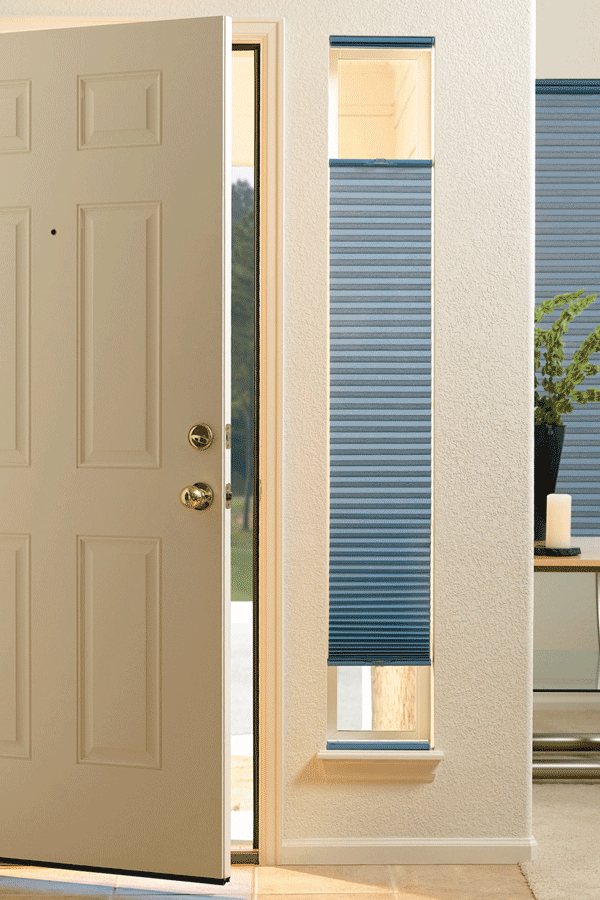
Installation and Maintenance Tips
Proper installation and maintenance are essential for maximizing the lifespan and effectiveness of your door shade:
- Professional Installation: For awnings and canopies, professional installation is recommended.
- Regular Cleaning: Clean your shades regularly to prevent dirt and mold buildup.
- Seasonal Adjustments: Adjust retractable awnings and blinds according to the season.
- Inspect for Damage: Regularly inspect your shades for signs of wear and tear.
Conclusion
Investing in the right shade for your door can significantly enhance your home’s comfort, energy efficiency, and aesthetic appeal. By considering the various options and factors outlined in this guide, you can create a cool and stylish entryway that you’ll enjoy for years to come. Don’t underestimate the power of a well-shaded door; it’s a small change that can make a big difference.

